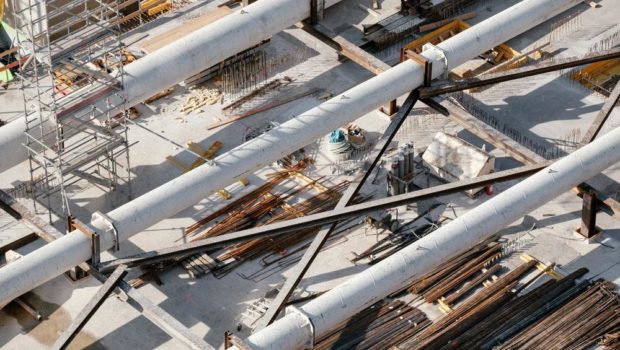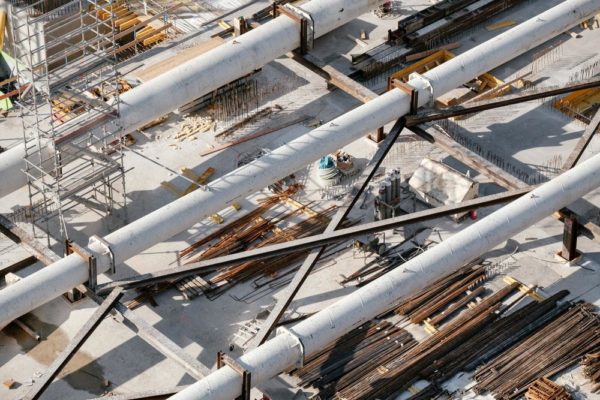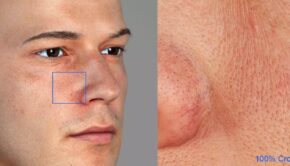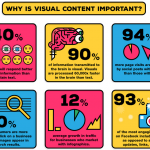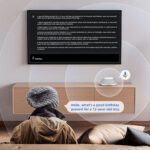How Photogrammetry is Used in Engineering
Photogrammetry is a technique that uses photographs for creating accurate renderings, maps, or surveys. In recent years, photogrammetry software has taken this a step further by introducing 3D technology into this practice. The possibilities of photogrammetry technology are endless! It’s being used in all types of industries today, especially engineering. Engineering is an industry that relies on accuracy and measurements. How has photogrammetry been used in the past and how is it changing the world of engineering today? Keep reading for the complete guide.
Image via Unsplash
The History of Photogrammetry
Photogrammetry has been around since as early as 1851. It was first considered by a French inventor who saw the value of using the new cameras to create accurate maps. The inventor was ahead of his time since this technology wasn’t really utilized until World War I when aerial photogrammetry was introduced. Today, photography is still the main resource for creating maps, particularly in hard to reach areas.
While photogrammetry used to be conducted by attaching a camera to a plane or helicopter, today it’s commonly used with drones. These photographs are taken while the plane, helicopter, or drone is in motion over the area. These photographs will then be inputted through a photogrammetry software. This software has rapidly improved in recent years, and now it can be used to create highly accurate visual renderings. These renderings can even be exported as vectors into CAD software for building!
Photogrammetry in Engineering Today
All types of engineers benefit from photogrammetry. Whether they’re engineering 3d measurements or building new utilities for a city, photogrammetry makes larger projects easier to execute. Here are the many ways photogrammetry is an effective tool in engineering today!
Data Collecting
One of the first and most obvious ways photogrammetry is used by engineers is for data collecting. Engineers need to be exact and precise in their measurements. Whether they’re working on a big or small project, photogrammetry can help collect data that is reliable and clear. From there, this data can be utilized in powerful ways for building additional projects or improving an existing structure.
Research
Working in 3D models gives a lot of room for exploration. When engineers are able to test new ideas and conduct research on a visual model rather than a real creation, there is more freedom. Research that is conducted digitally is also a great way to keep costs low!
Documentation
Engineers are using photogrammetry to document all types of things from medical sciences to traffic accidents. By using visual renderings of real life situations, engineers can study these events to learn more about how and why they occured. In the world of forensic investigation, for example, engineers are documenting crime scene and actions through photogrammetry software. This introduces another level of research, understanding, and accuracy to something that was previously difficult to capture.
Product Development
There is always a need to create more products! Product engineers of the past used to create their preliminary designs either on paper or through prototypes. This was costly and not always accurate! Now, with photogrammetry software, products can be developed digitally before production. This allows engineers to test new ideas and determine a solid plan before money needs to be put towards production.
Marketing
Whether engineers are taking part in a design project for a city or building a new product for consumers, marketing is key. Having a visual representation to advertise to potential investors or even consumers will increase its selling power! Visual representations from photogrammetry software make a compelling storytelling tool, and one that all engineers can use to their advantage!
Photogrammetry has come a long way since it was first used in the early days of photography. Now, the possibilities are endless! Engineers in particular are learning new ways to push their everyday boundaries thanks to photogrammetry. This technology is only expected to increase in the years to come!

